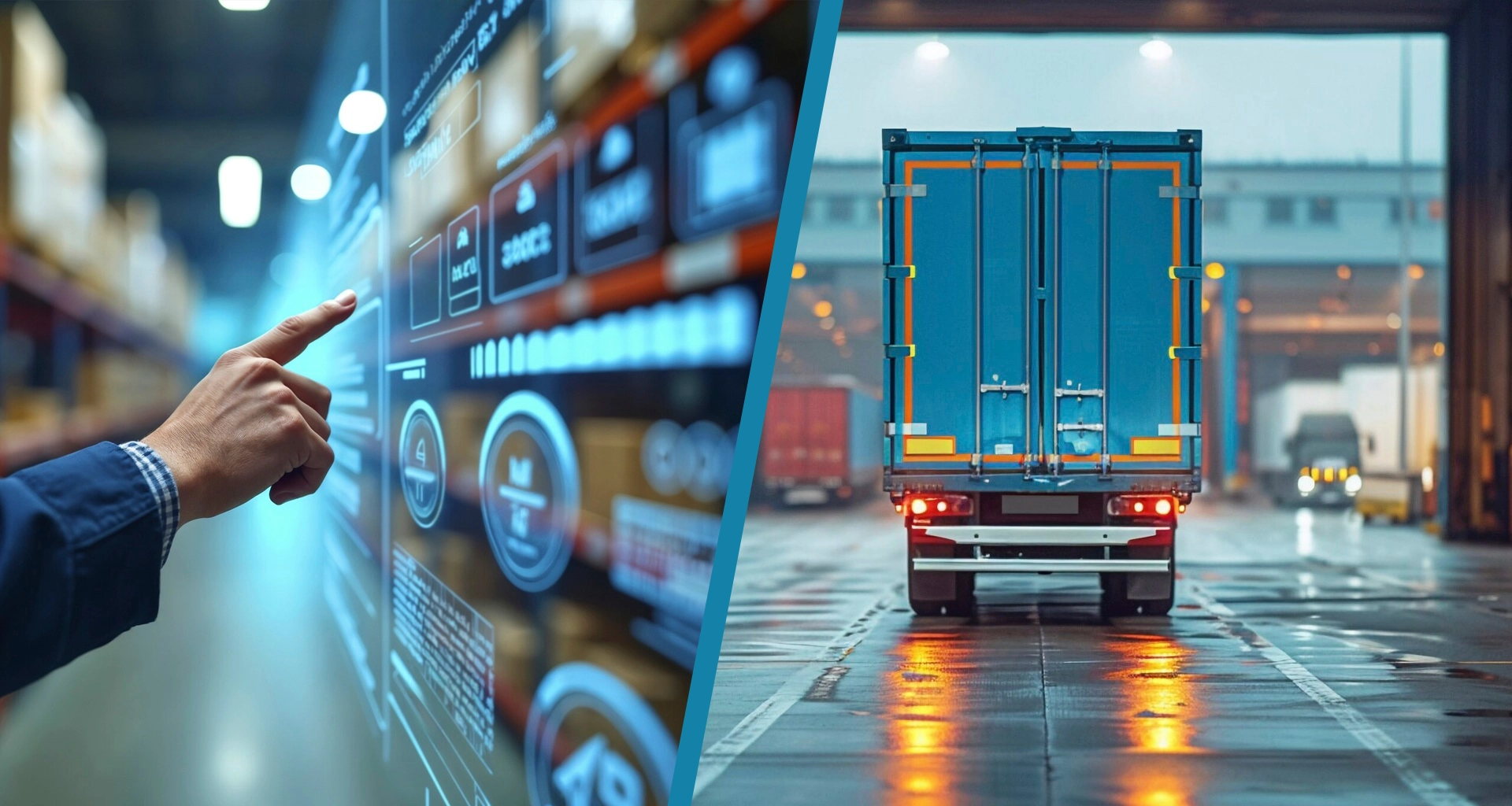Imagine a retailer racing to stock shelves for a holiday rush. Trucks arrive with materials, but delays clog the warehouse. Meanwhile, customer orders pile up, waiting to ship. This is where inbound and outbound logistics shine—or stumble. At 3SC Supply Chain, we’ve turned these challenges into wins, helping businesses streamline their flow. From receiving goods to delivering smiles, inbound and outbound in supply chain management drive success. Join us to explore what these logistics mean, why they matter, their benefits, processes, technology, real-world impact, and the future with 3SC Supply Chain’s AI solutions.
What Is Inbound and Outbound Logistics?
Understanding Inbound and Outbound in Supply Chain Management
Inbound logistics covers receiving, storing, and managing raw materials or products for production, like unloading steel at a factory. Outbound logistics handles getting finished goods to customers, such as shipping phones to retailers. Together, inbound and outbound logistics keep supply chains moving, ensuring materials arrive and products reach buyers on time.
Key Differences Between Inbound and Outbound Logistics
The difference between inbound and outbound logistics boils down to direction and focus. Inbound pulls materials into operations, involving suppliers and inventory management. Outbound pushes products out, prioritizing delivery speed and customer satisfaction. For instance, a carmaker’s inbound process secures parts, while outbound ensures vehicles reach dealerships, as seen in Tesla’s streamlined model (Forbes).
Why Optimize Inbound and Outbound Logistics?
Efficient inbound and outbound logistics are vital in today’s fast-paced markets. Supply chain disruptions, like 2023’s port congestion affecting 10% of global trade (McKinsey), demand agility. Optimized logistics cut costs, boost delivery reliability, and support sustainability, aligning with 3SC Supply Chain’s mission. With logistics analytics growing at a 15% CAGR by 2030 (Coursera), mastering these processes gives businesses a competitive edge.
Benefits of Streamlined Logistics
Optimizing inbound and outbound in supply chain management offers clear advantages:
- Lower Costs: Streamlined inbound reduces inventory holding costs by 20% (NetSuite).
- Happier Customers: Outbound efficiency lifts on-time deliveries by 18% (Logistics Management).
- Greener Operations: AI-optimized routes cut emissions by 12%, supporting 3SC Supply Chain’s sustainability goals (McKinsey).
- Better Visibility: Real-time tracking improves decision-making by 15% (Gartner).
These benefits make inbound and outbound logistics a cornerstone of success.
Key Processes in Logistics
Inbound and outbound activities drive efficient supply chains:
- Inbound Logistics Process: Involves procurement, receiving, and storage. For example, verifying shipments prevents errors, saving 10% in costs (FreightWaves).
- Outbound Logistics Flow: Includes order picking, packing, and shipping. Optimized packing speeds deliveries by 14% (Supply Chain Dive).
- Coordination: Aligning activities related to inbound logistics with outbound ensures seamless flow, like syncing supplier deliveries with customer orders.
These processes create a robust inbound logistics flow.
How Technology Enhances Logistics
Technology revolutionizes inbound and outbound logistics. 3SC Supply Chain’s Logistics & Transportation Analytics System uses AI to predict delays with 90% accuracy, improving inbound logistics flow. Our Warehouse Management Systems cut inventory errors by 20% (Gartner). The Transportation Management Systems optimize routes, saving 17% on fuel (McKinsey). IoT and blockchain in our Real-Time Visibility Dashboard ensure end-to-end tracking, driving efficiency in inbound and outbound in supply chain management.
Real-World Applications and Case Studies
Inbound and outbound logistics transform businesses. A 3SC Supply Chain retail client used our Warehouse Management Systems to streamline inbound logistics process, slashing storage costs by 25%. A manufacturing partner boosted outbound efficiency by 19% with our Transportation Management Systems. Amazon’s inbound and outbound activities, like automated warehouses, achieve 99% delivery accuracy (Forbes). These cases show how 3SC Supply Chain’s tools deliver measurable results in inbound and outbound logistics.
Challenges and Solutions
Challenges in inbound and outbound logistics include data silos, affecting 55% of supply chains (Gartner). 3SC Supply Chain’s Real-Time Visibility Dashboard unifies data for clarity. Complex stakeholder coordination delays 45% of operations (McKinsey). Our S&OP & Planning Platform aligns teams, boosting efficiency by 14%. These solutions ensure a seamless inbound logistics flow, helping businesses overcome obstacles.
Steps to Implement Effective Logistics
To master inbound and outbound in supply chain management:
- Analyze Processes: Map activities related to inbound logistics and outbound tasks.
- Deploy Technology: Adopt 3SC Supply Chain’s Logistics & Transportation Analytics System.
- Upskill Teams: Use our Courses & E-Books for training.
- Track Progress: Monitor with Real-Time Visibility Dashboard.
Partnering with 3SC Supply Chain ensures a tailored inbound and outbound logistics strategy.
Future Trends in Logistics
The future of inbound and outbound logistics is bright. AI and IoT will cut delays by 25% (McKinsey). Green logistics will reduce emissions by 18% (Forbes). With logistics analytics growing at 15% CAGR by 2030 (Coursera), 3SC Supply Chain’s Sustainability Analytics leads the way, shaping smarter, greener supply chains.
Conclusion
Inbound and outbound logistics are the heartbeat of efficient supply chains. From cost savings to sustainability, 3SC Supply Chain’s AI tools, like our Logistics & Transportation Analytics System, unlock success. Ready to streamline your operations? Explore our solutions at 3SC Supply Chain or reach out at contact@3scsupplychain.com. Let’s build a smarter future together.

